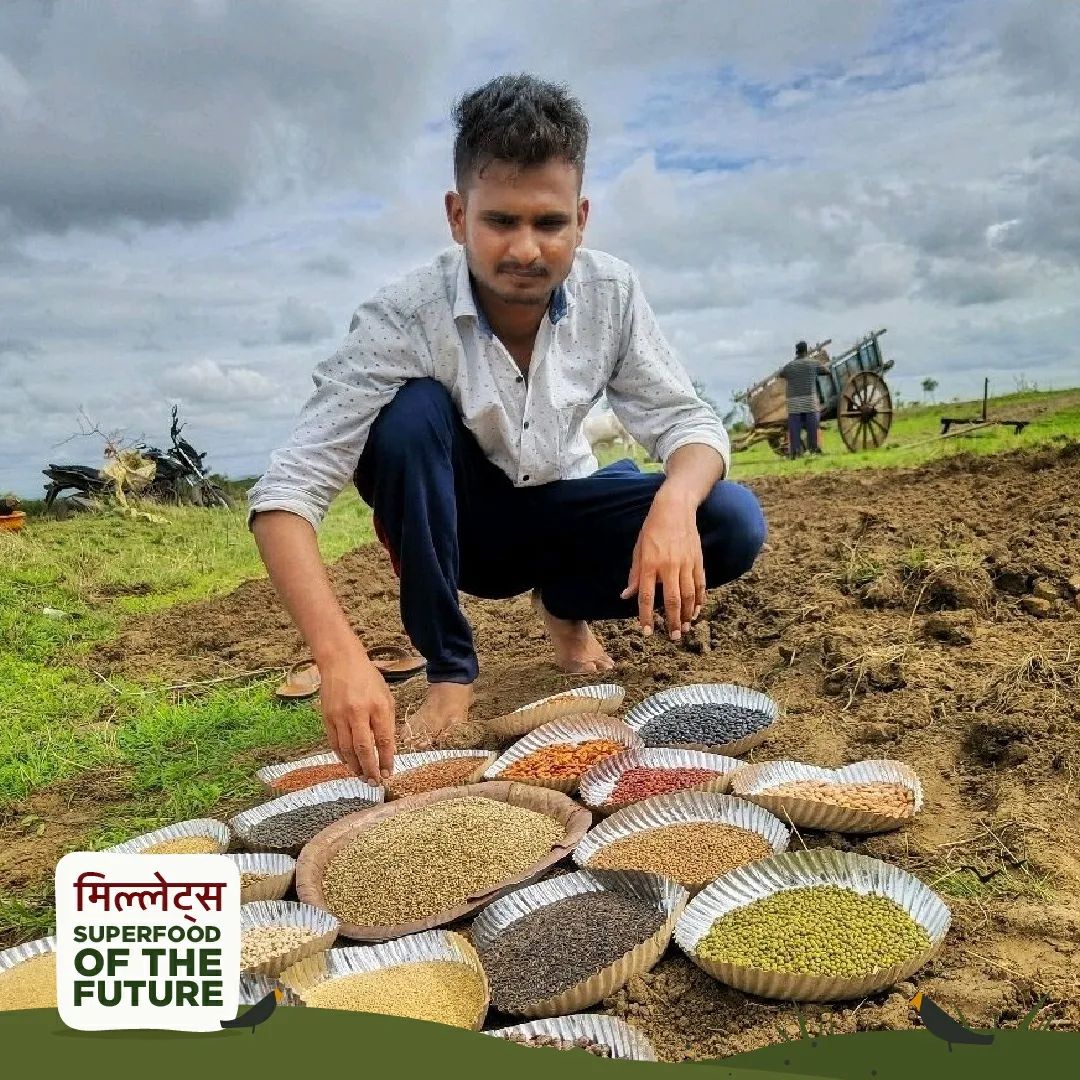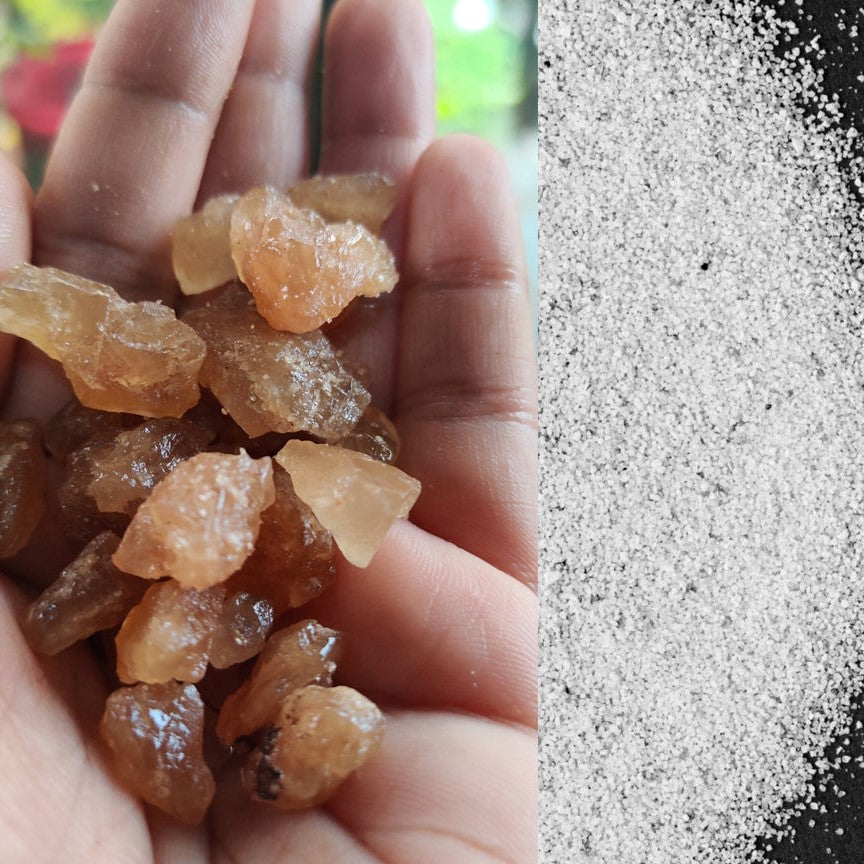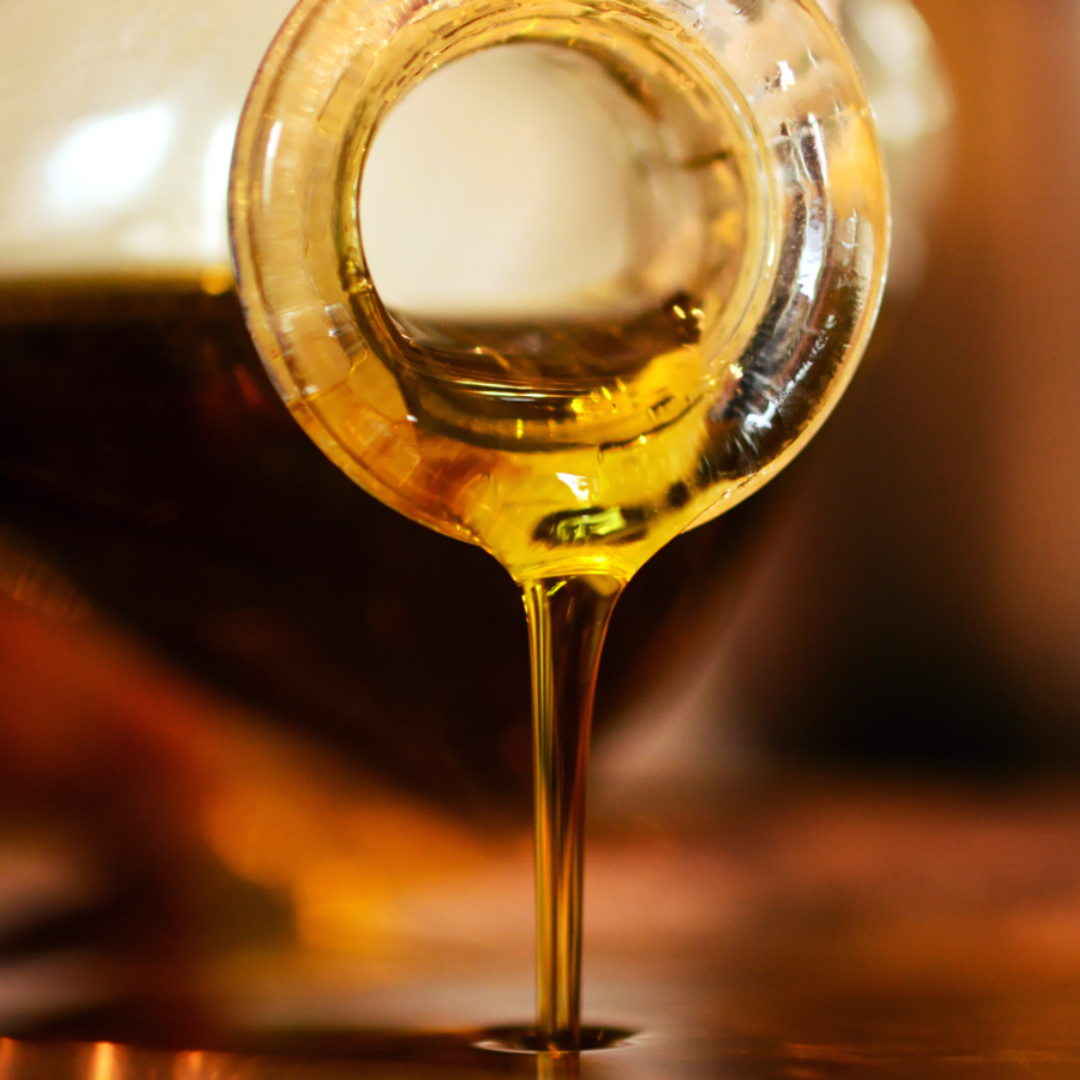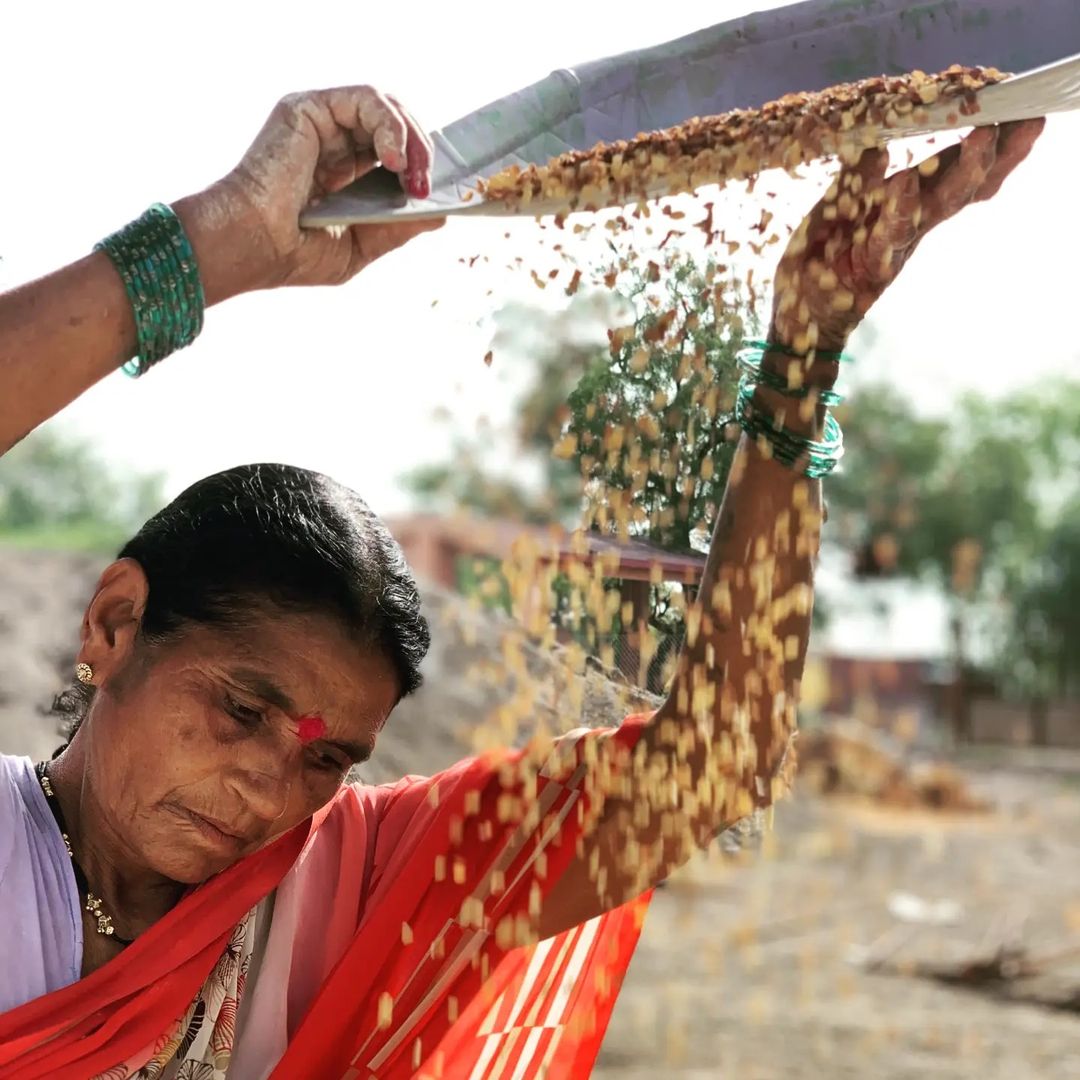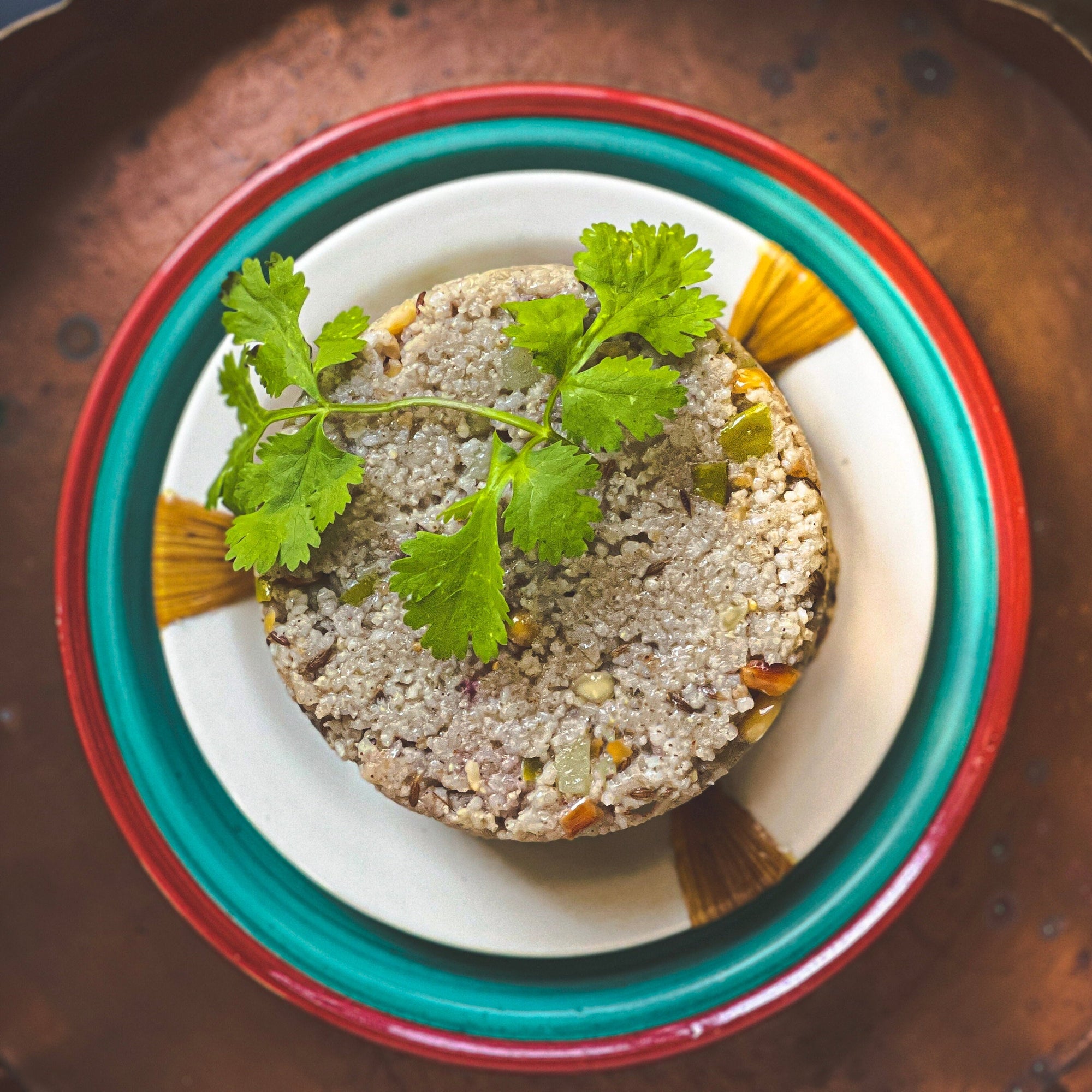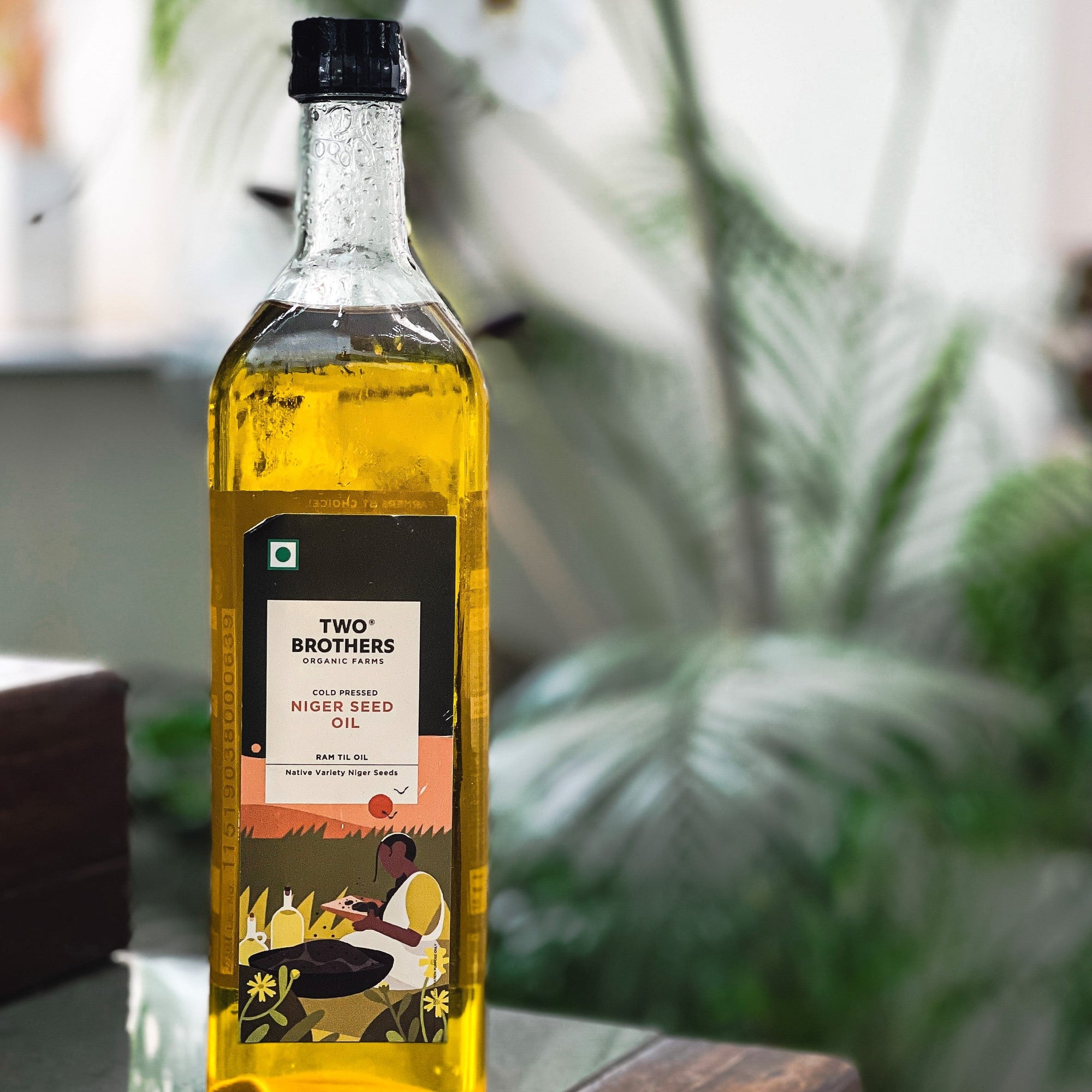Dear Family, Two Brothers is proud to join forces with Siddhesh and his NGO, which is committed to Regenerative Organic Farming Practices. Siddhesh is a native of Shirur tehsil, Pune district, Maharashtra. His work has been commendable towards rejuvenating some of India’s worst affected agricultural lands.

In Siddhesh’s words - “Growing up as a farmer’s son, I could witness the misery and poverty which seemed like the inevitable fate of a farmer in Maharashtra - limited access to proper medical care, lack of education opportunities for farmer’s children, debts and so on. The combination of economic crisis, the use of toxic chemicals and unsustainable farming methods, as well as the effects of climate change form a heavy burden on small farmers and their families. Being the son of a farmer, I decided that there will be a solution.”


The Millets that you get to buy from the Two Brothers website are grown under the ancient Baradhanya system across 9 drought villages in the Shirur Tehsil of Maharashtra viz. Kednur, Pabal, Dhamari, Khairenagar, Kanhur Mesai, Kavathe Yemai, Kanhersar, Wafgaon, Warude, Loni Dhamni.
What is Baradhanya?
In Marathi, ‘Baradhanya’ means 12 different crops.
An Indigenous method of crop cultivation which was was very popular in the rain fed
villages of Pune, Maharashtra, back in the day. It is now on the verge of extinction, although it is still followed in some parts as a remnant of the old system. Under this system, the seeds of different crops were intercropped and sown in the same row with a main crop like Bajra.

Bajra intercropped with green gram, black gram, fenugreek and cow peas
Picture Credit - Siddhesh
How did this system help?
It accounted for food and nutritional security for the farming families, fodder security for the cattle.
Here’s a deep dive into knowing the Millets, Legumes and Pulses that have been grown under this project -
Ecosystem/Agroclimatic Description
- Agroclimatic zone – Scarcity (Rainfed)
- Soil type - Black, sandy loam, limestone
- Climate Conditions – Hot and Dry
- Average Rainfall (As per google weather station)l – 230mm/Year (last 10years)
- Minimum temperature – 12℃
- Maximum Temperature - 45℃
- Current Cropping Pattern: Monocropping system only
- Major crops – Vegetables, pulses, grains
- Vegetables – Onion
- Grains – Bajra, Sorghum
- Pulses - Moth bean, horse gram, white kidney bean, black kidney bean, French bean, pigeon pea, cow peas, green gram, black gram
Steps under Baradhanya system –
1. Land preparation
In the month of March, deep ploughing of the Soil is done manually with the help of bullocks using a heavy metal country plough (nangar). Ploughing in March helps to expose the Soil to adequate heat from the Sun. According to traditional wisdom, farmers believe that ploughing during these months helps to prevent unnecessary bacterial growth, rotates soil and lends maximum aeration. As a practice, ploughing is done to turn over the uppermost soil, bringing fresh nutrients to the surface while burying weeds and crop remnants to decay.
How does modern practice differ from the ancient one?
Soil is obviously exposed to sunlight and the soil is tilled, however manual ploughing using a country plough driven by bullocks manned by a farmer is rarely seen except in some remote villages of the country. Mechanical tractor systems have replaced manual and animal labour.

2. Fertilizer application
Farmers apply cow dung to the soil before the onset of monsoon mostly during the last week of May. Back in the day, cow dung was collected and stored in a pit (ukanda) for the entire year. Excreta from other animals on the farm like goats, buffaloes etc was also added to this pit. Quite literally, Zero waste was so tightly wired into not just farming methods, but also their lifestyle. Both men and women were involved in carrying out fertilizer application.
How does modern practice differ from the ancient one?
Many farmers in our villages apply cow dung during the month of May. It not just adds to the nutrient density and microbiology of the soil but also helps regulate the temperature of the soil, providing thermal insulation and keeps it cooler in the scorching heat. Farmers who do not have access to cow dung use chemical fertilizers after sowing/plantation as per crop requirement.

3. Sowing Layout
In the Baradhanya rectangular plots (prabhar), Roselle and Black Sesame are sown along both sides of the plot as these leaves are bitter in taste and an excellent way to keep pests away. It was called the ‘Aadtas’ system (border crop).

4. Hoeing
Kolpani (Hoeing) is the process of removing weeds. A manual process using a small mechanical system made with bicycle wheels (Kolpani yantra). The small weeds are uprooted easily
Using this tool, the soil gets aerated and the weeds are turned into the soil as mulch. This tool cuts into the roots of the weeds making it difficult for them to survive. Even children participated in this process that could be done without any effort. While small farms used the bicycle tool, bigger plots implemented the bullock based hoeing system.
How does modern practice differ from the ancient one?
Currently, very few farmers carry out manual weeding and the rest use weedicide as farm labour is expensive.
5. Weeding
Weeding or ‘Khurpani’ is done by women. The weeding tool (khurap) is used. It is gentle on the Earth, removes all types of weeds and also provides air to the roots of crops. The removed weeds are used as animal-feed. The labour system locally was called ‘sawdine’ which means the farmers community would help each other and carry out weeding on each other’s plot.
How does modern practice differ from the ancient one?
Currently, very few farmers carry out manual weeding and the rest use weedicide as farm labour is expensive.
6. First Harvest
A fresh vegetable on the plot is usually harvested first while the remaining crops are still growing. The beans of green gram, black gram, french beans, cow pea etc are harvested during the month of ‘Shravan’ and consumed as a green vegetable. The first harvest is usually done by women.
7. Final Harvest
Month of Bhadrapad (September) - French beans and black gram are harvested
Month of Ashwin (October) - Bajra is harvested first, followed by pulses like Chowli (white kidney bean), Kale Val (black bean), Moong (green gram) etc. As the pulses get entangled with bajra, bajra is harvested right at the start. Further, black sesame is harvested in the end. Bajra stems are cut by men and other processing work is done by women.
In the month of Kartik (November) - Black gram, cow pea, moth bean, horsegram is harvested.
Month of Margashirsh (December) - Roselle is harvested.
In the month of January, pigeon pea (tuar) is harvested as the last crop. Final harvest of Pulses is done by women farmers.

8. Pest Management
There were no pest attacks seen in the bardhanya system 20 years ago.
9. Harvesting and Threshing
After harvesting, cereal like bajra are dried for 4-5 days naturally in sunlight and its roots remained back in the soil and the waste after threshing was spread on the soil, the stems are used as animal feed.
Dried leaves of pulses are returned to the soil. The waste produced after the harvesting process is fed to the chickens and the hard part of the stem goes back to the soil.
The stems after separating beans get used as firewood or for making brooms.
Beans get dried for 2 days and seeds get separated with manual threshing by wooden stick.
10. Storage (equipment)
Bajra seeds get stored in ‘Kothar’ that is made on the wall of the house. The Kanagi (100kg, 200kg, 250kg sizes) has an outlet that can be opened, which is 8-10 inches round or rectangular in size. The door can be opened inside by twisting the outlet and pushing it. Once sufficient grains are taken out it can be pulled back to its closed position. Aduli and Payli, Athwa, are used to measure the grains.
Pulses seeds used to store in small size mud pots (madki) or Ranjan (big size mud pots).
Kangi is made from bamboo and karwi in a cylindrical shape in size and get limpan (plastered) with Shen (cow dung), chuna (lime stones), methi dana (fenugreek), hiada (terminalia chebula/ myrobalan), pandhri mati (white soil).
For grain shelf life
In kanagi – at door zakan, kadulimbacha walelesa pala, dhup(cow dung cakes) burnt inside to remove moisture and fill the gaps.For grain shelf life – 1. cloth (muslin or cotton) pouch of rakh(ash) + dried leaves of neem + lawing, Lemongrass dried, Mixture Kaduneem pala(dried neem leaves) + bhajlela khade mith (roasted sea salt).
How does modern practice differ from the ancient one?
Nowadays gunny bags are commonly used for storage.

Check out our range of Millets
- All Products - https://twobrothersindiashop.com/collections/all
- Millets - https://tbofsuperfoods.com/collections/millets
- Health benefits of millets
- Types of millets

